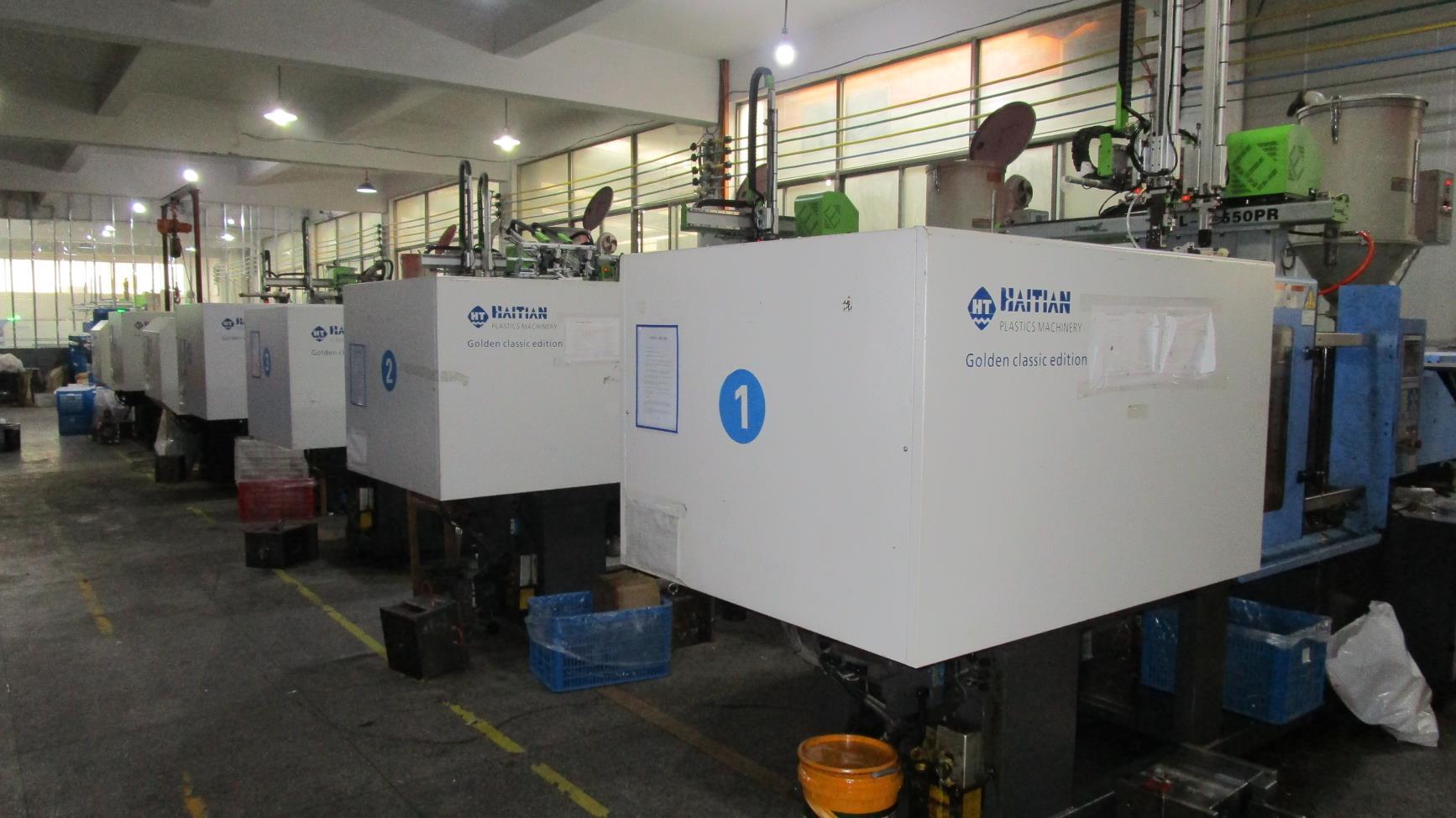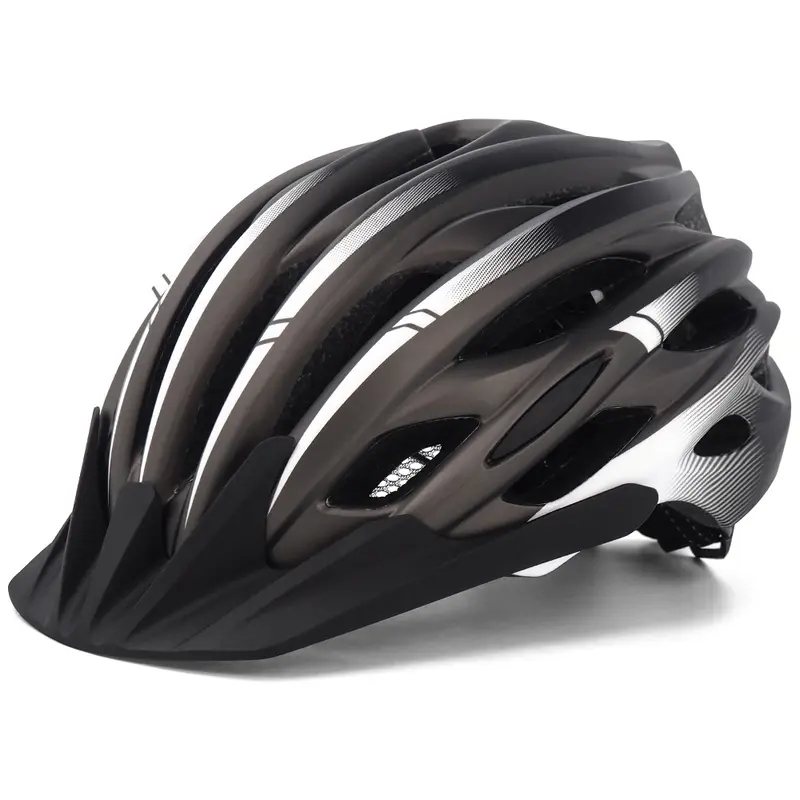A bike helmet is a crucial piece of safety equipment designed to protect cyclists’ heads from potential injury in the event of accidents or falls while riding bicycles. It is a vital element of personal protective gear for cyclists of all ages and abilities. Here are some key features and functions of bike helmets:
- Impact Protection: Bike helmets are designed to absorb and dissipate the force of an impact, reducing the risk of head injuries, including concussions and skull fractures, in the event of a fall or collision.
- Outer Shell: The outer shell of a bike helmet is typically made from materials like polycarbonate or fiberglass, which are both lightweight and durable, providing an additional layer of protection.
- Impact-Absorbing Liner: Inside the helmet, there is an impact-absorbing liner made of foam, such as expanded polystyrene (EPS). This liner is designed to compress upon impact, minimizing the force transferred to the head.
- Ventilation: Many bike helmets are equipped with ventilation holes and channels to help keep the rider’s head cool and comfortable during rides, preventing overheating.
- Adjustable Straps: Bike helmets come with adjustable straps and a retention system, typically a dial or adjustment mechanism at the rear, to ensure a secure and comfortable fit on the rider’s head.
- Chin Straps: A bike helmet usually has a chin strap with a buckle for securing the helmet in place. Properly adjusted chin straps prevent the helmet from coming off in the event of an accident.
- Safety Standards: Bike helmets must meet safety standards established by organizations like the Consumer Product Safety Commission (CPSC) in the United States or similar standards in other countries to ensure their effectiveness.
Bike helmets are essential for cyclists of all ages, from children learning to ride to adults participating in various forms of cycling, including road cycling, mountain biking, and commuting. They are crucial for preventing head injuries in the event of accidents or unexpected falls. Proper fit and adjustment of the helmet are essential to maximize its protective capabilities.
Using a bike helmet is a simple yet effective way to reduce the risk of serious head injuries while cycling. It is a fundamental safety measure that should be a part of every cyclist’s routine, promoting safer and more enjoyable rides.













